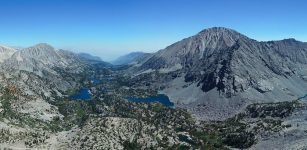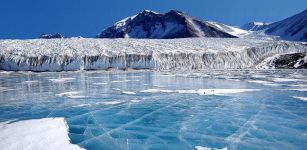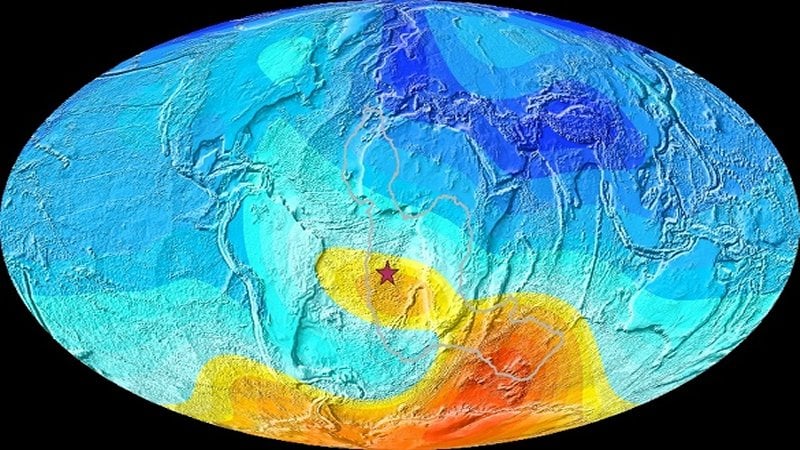New Evidence Of The Sahara’s Age
Eddie Gonzales Jr. – MessageToEagle.com – There is now the first direct evidence from dry land that the age of the Sahara matches that found in deep-sea sediments: at least 4.6 million years old.
It is based on the dust that the Sahara that once blew over to the Canary Islands.
“People have been trying to figure it out for several decades,” Daniel Muhs, a geologist with the U.S. Geological Survey in Denver, Colorado, said in a press release.
“More recent studies said it was the beginning of the Pleistocene (about 2.6 million years ago). Then others say a few thousand years ago.”
Added to this is a model suggesting the Sahara Desert first appeared as far back as seven million years ago.
There is also other evidence that the desert has taken breaks and had wetter, greener periods interspersed with arid times. It’s this sensitivity to climate—and the Sahara’s role in global climate—that makes the region so interesting to researchers.
Researchers focused on thick layers of fine reddish-brown soil found among layers of volcanic rocks and dune sands on Fuerteventura and Gran Canaria islands.
The islands are off the west coast of North Africa, at the mouth of a spigot that seasonally pours windblown dust off of the Sahara and across the Atlantic Ocean.
In all, the researchers report eight paleosols that record African dust piling up in the Canaries between about 4.8 and 2.8 million years ago, 3.0 to 2.9 million years ago, and at about 400,000 years ago. The oldest paleosols agree with the deep-sea cores, which put the earliest Sahara dust to the Atlantic at about 4.6 million years ago.
That’s not to say the Sahara is 4.6-million-years-old. That’s only as old as Muhs and his colleagues could determine based on the paleosols and lavas they found.
“We could take it further back in time if we can find the paleosols,” Muhs said.
Written by Eddie Gonzales Jr. – MessageToEagle.com Staff











